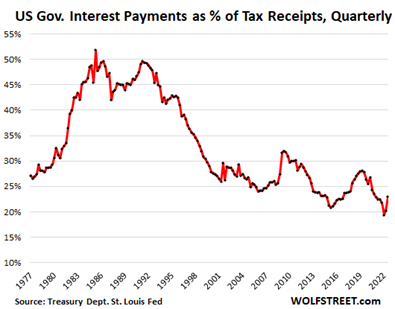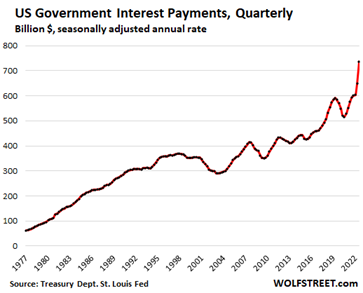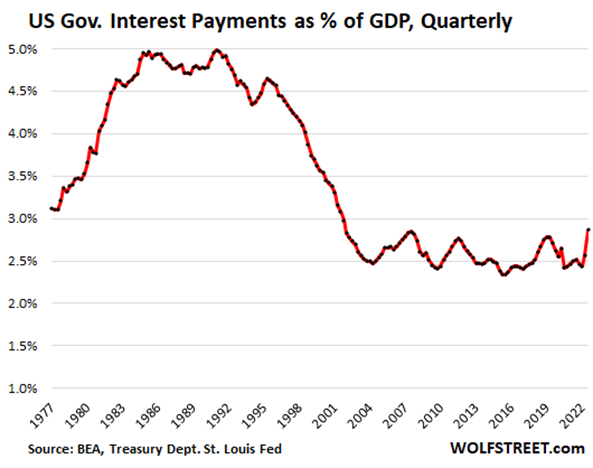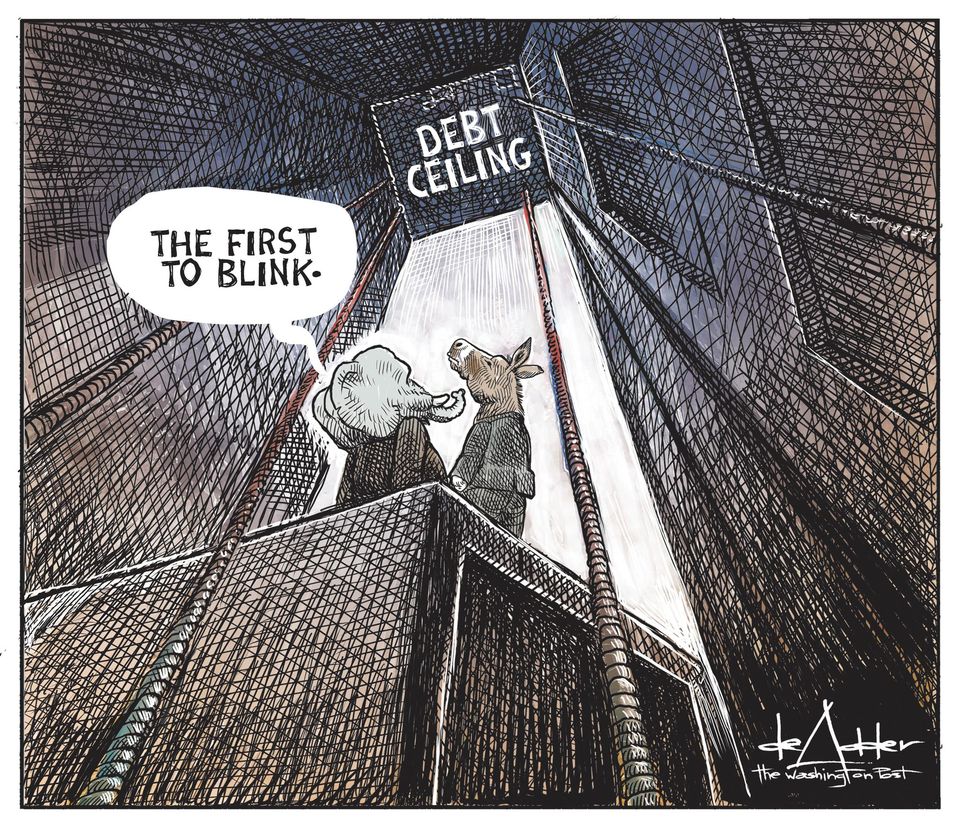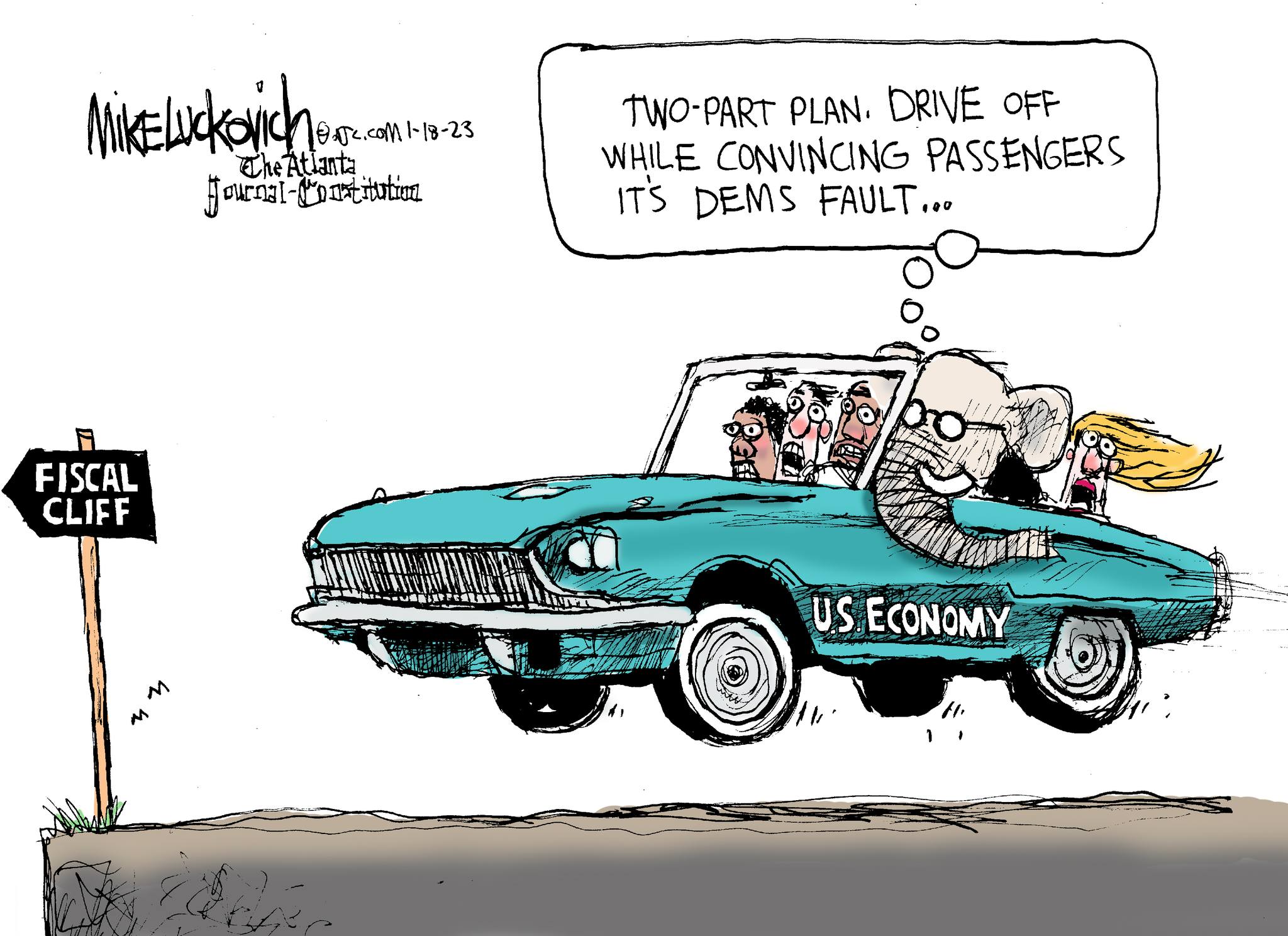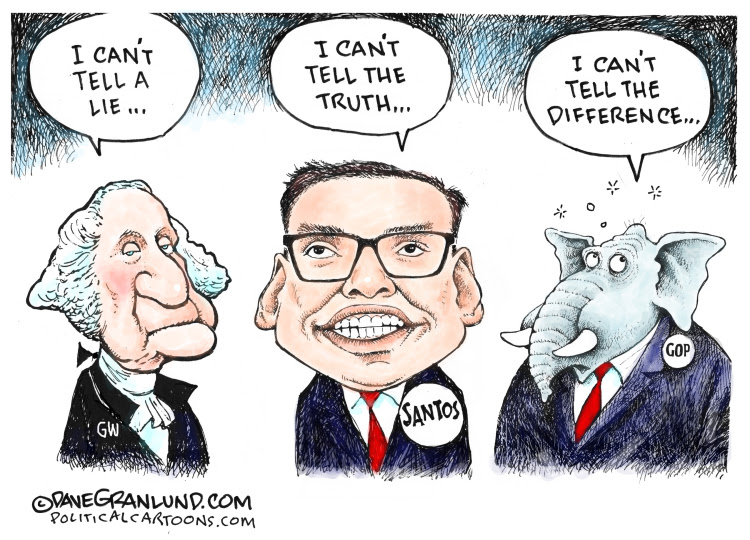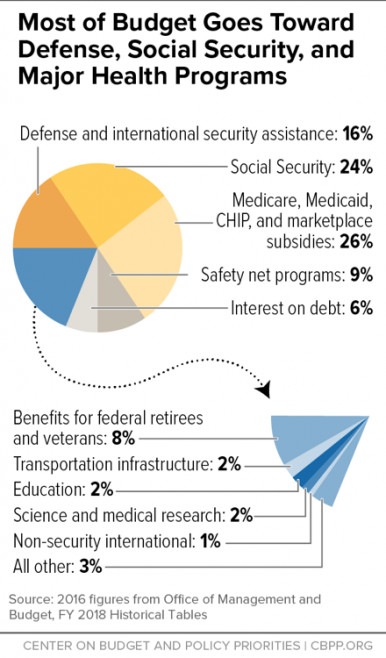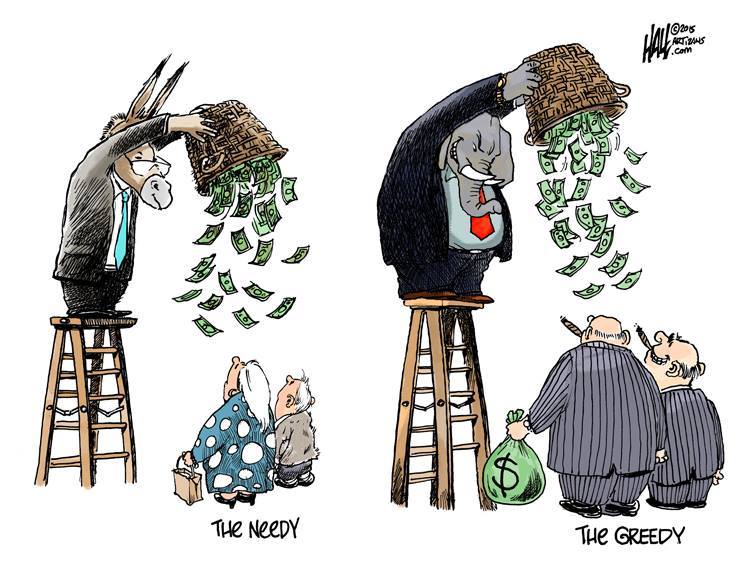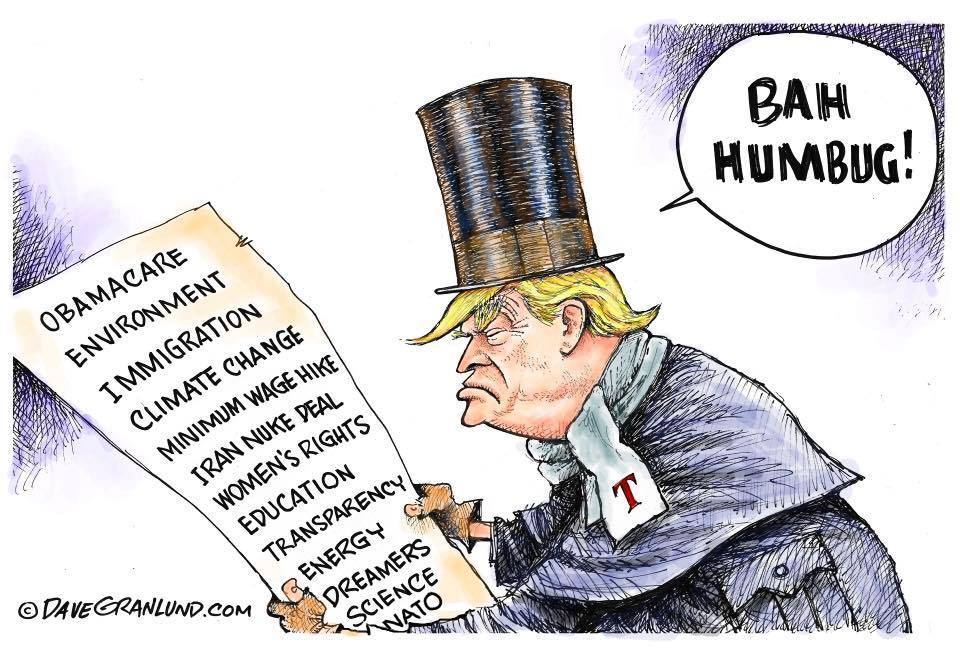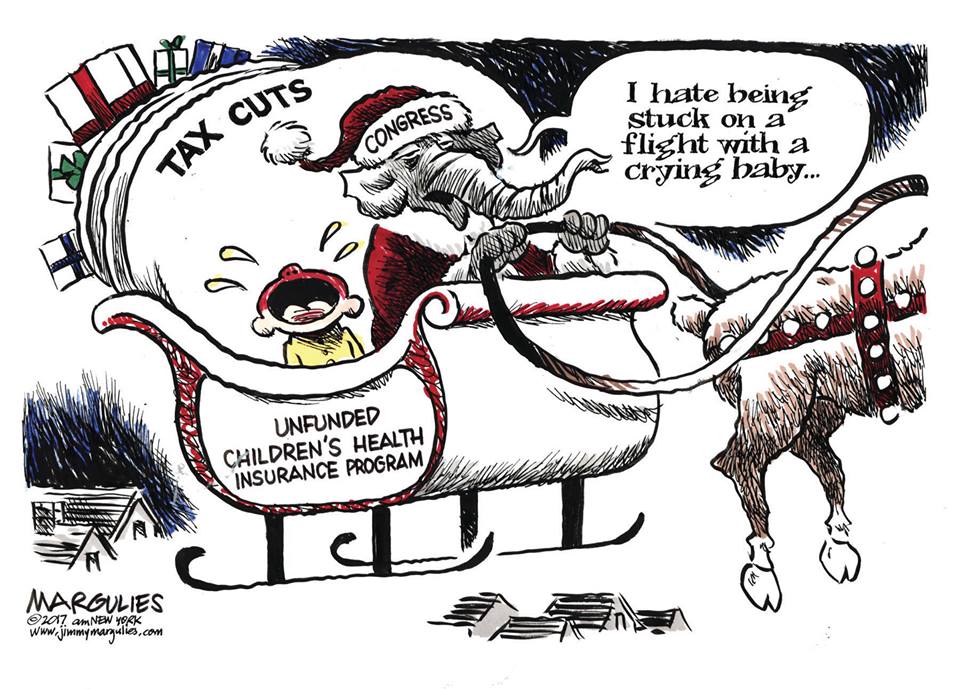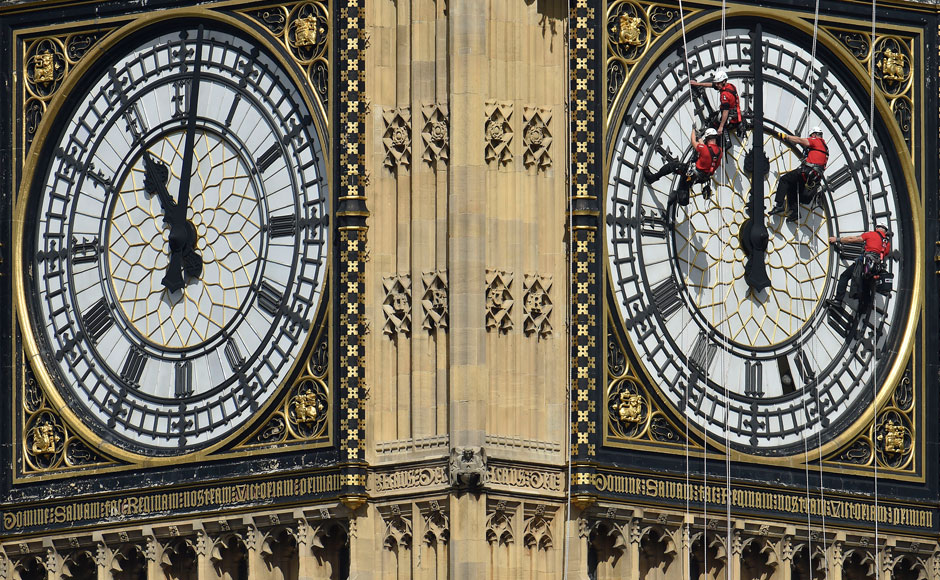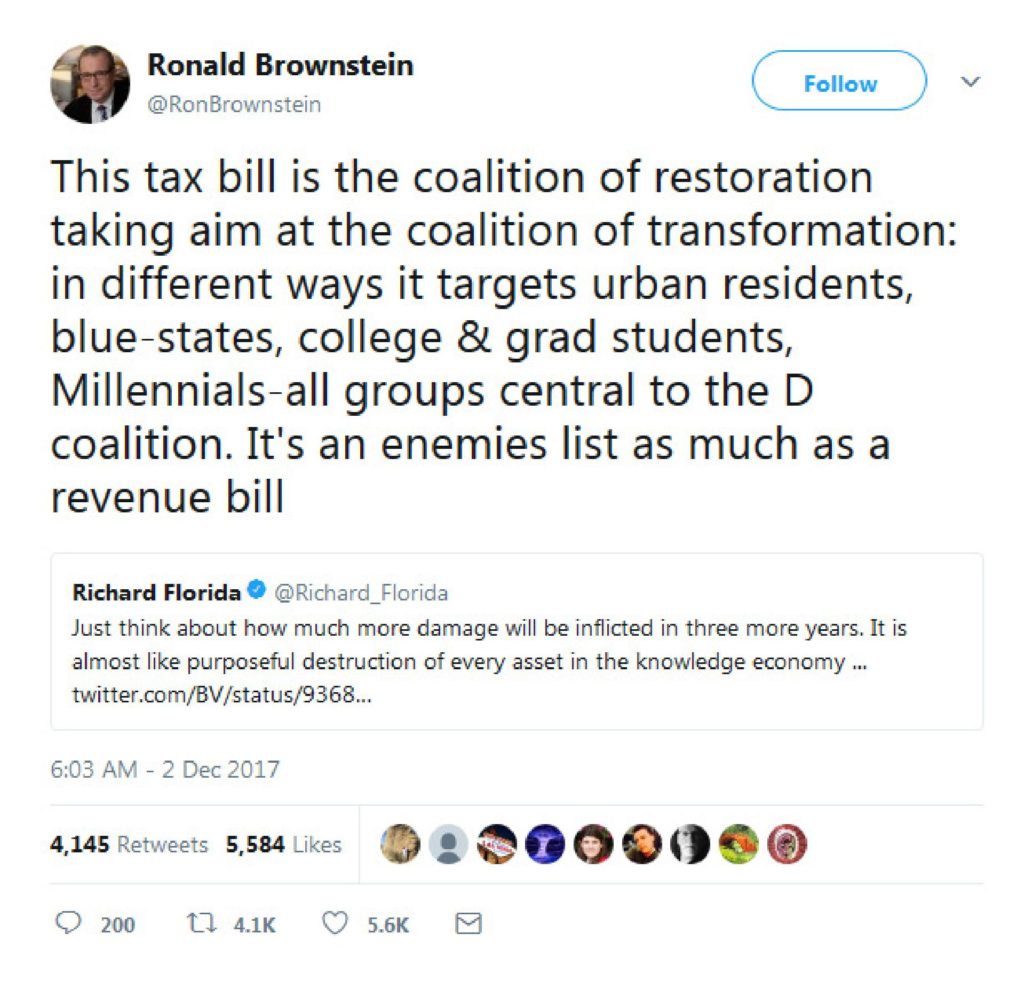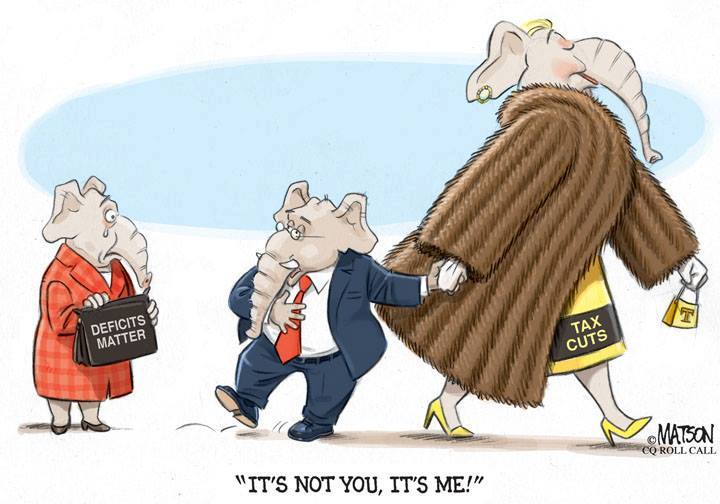The Daily Escape:

The Schooner Surprise, built in 1918, is listed on the National Registry of Historic Places, Camden Harbor, ME – April 2023 photo by Daniel F. Dishner
A few words about Biden, McCarthy and the Debt Ceiling. We all know that the clock is ticking on a US default of our debt sometime in June. There are multiple opinions in DC about who has the leverage in the coming debate between the House GOP, Senate Dems and Biden.
The institutionalist view is that McCarthy and the House GOP have taken the Debt Ceiling hostage and they plan a hostage negotiation with Biden. Some think that McCarthy is doing it badly. Others take the darker view that the Republicans are actually trying to crash the economy so that America blames Biden and returns the GOP to power in 2024.
If you think, based on what we’ve seen so far, that the GOP doesn’t plan to negotiate, that like terrorists, they will kill as many hostages as possible until their terms are 100% met, what they’re doing makes sense.
The NYT reports that McCarthy has been open about the fact that this is not a real bill:
“This bill is to get us to the negotiations….It is not the final provisions, and there’s a number of members who will vote for it going forward…say there are some concerns they have with it. But they want to make sure the negotiation goes forward because we are sitting at $31 trillion of debt.”
For the umpteenth time, we’re watching a game of chicken about raising the debt limit. There are something like 45 days until the Debt Ceiling must be raised. You know the “or else” sentence that follows: Or else, the US will face potentially calamitous economic consequences.
McCarthy’s bill may get the Republicans a seat at the table in the negotiations over raising the debt limit, but Biden’s position remains: “Send a clean debt limit bill, or pound sand.”
Has McCarthy overplayed a bad hand? If he had failed to get anything passed he would have looked completely incompetent. Nevertheless, passing a bill filled with devastating cuts and manifestly unpopular positions that will be difficult to defend except to the Party faithful, it is arguably worse than getting nothing done at all.
If the Dems are smart they will take the GOP’s messaging bill and come up with a message that has broad appeal that can be used to hurt the GOP in swing districts for the next two years. McCarthy’s bill shows that Republicans’ ultimate goal is to gut health care, food stamps and education, and even veterans benefits. The Vote Vets organization is out with a message:
“And now, it is the fringe MAGA party that voted for a budget that would gut health care and support for our Veterans. 217 of them voted for it, and just 4 against. They talk tough when it comes to Military action, but go AWOL when it’s time to take care of those who served.”
This bill isn’t intended to pass. Republicans had an opportunity to aim a productive salvo at swing voters to convince them that GOP majorities can deliver normalcy, and give them some sign that the Party was tacking away from the extremist positions that alienated voters in the last midterm elections.
Instead, their message is that the Party is about owning the libs and slashing aid for veterans and the poor. The GOP can’t even fake being a Party interested in governing anymore. That’s bad news for McCarthy, the man chained to the GOP canoe that’s heading over the falls. As Succession’s the late Logan Roy would say “You are not serious people.”
Instead the GOP’s message to the world is that America’s commitment to paying its debts is contingent on an underlying political negotiation about the size of the budget deficit.
- Republicans believe they can win the political standoff by making Biden and Democrats look petty by refusing a basic negotiation.
- Democrats also seem to be betting that Senate Republicans will step in as more mature political actors and defuse this situation.
The NYT quotes Sen. Chuck Schumer, (D-NY) and majority leader:
“Discussion of spending cuts belongs in talks about the budget, not for bargaining chips on the debt ceiling….The speaker should drop the brinkmanship, drop the hostage taking, come to the table with Democrats to pass a clean bill to avoid default.”
Time to wake up America! This kabuki play will run through at least mid-June. It’s a DC big boy fight. And we the little people, will have no say until November 2024 when we can escort the GOP flame throwers out of the House. To help you wake up, watch Crowded House perform “Don’t Dream It’s Over” from their first (of three) farewell tours, played at the Sydney Opera House in November 1996:
One of the greatest songs of the 80s and it still hits hard today.
Sample Lyrics:
There is freedom within, there is freedom without
Try to catch a deluge in a paper cup
There’s a battle ahead, many battles are lost
But you’ll never see the end of the road
While you’re traveling with me




